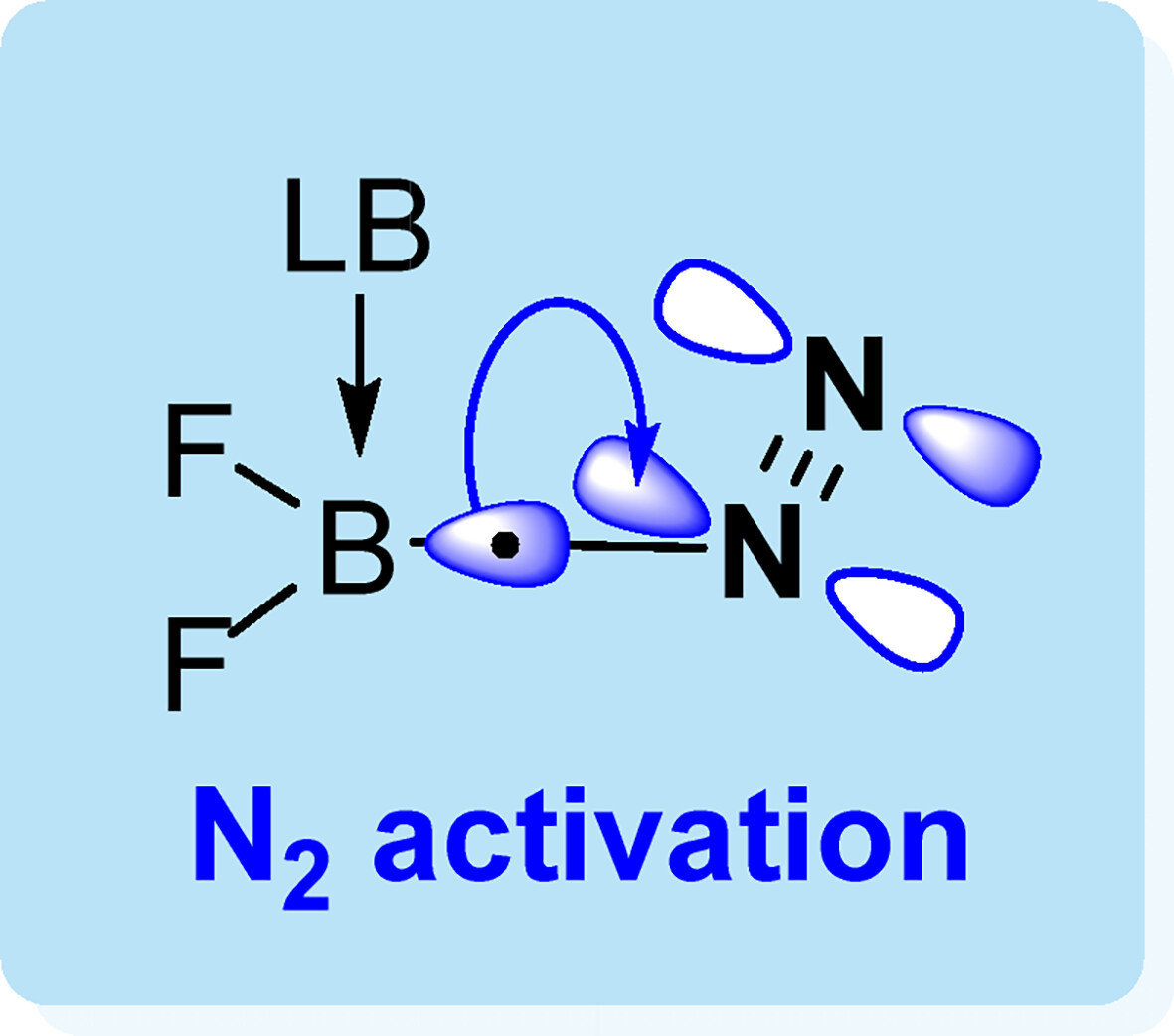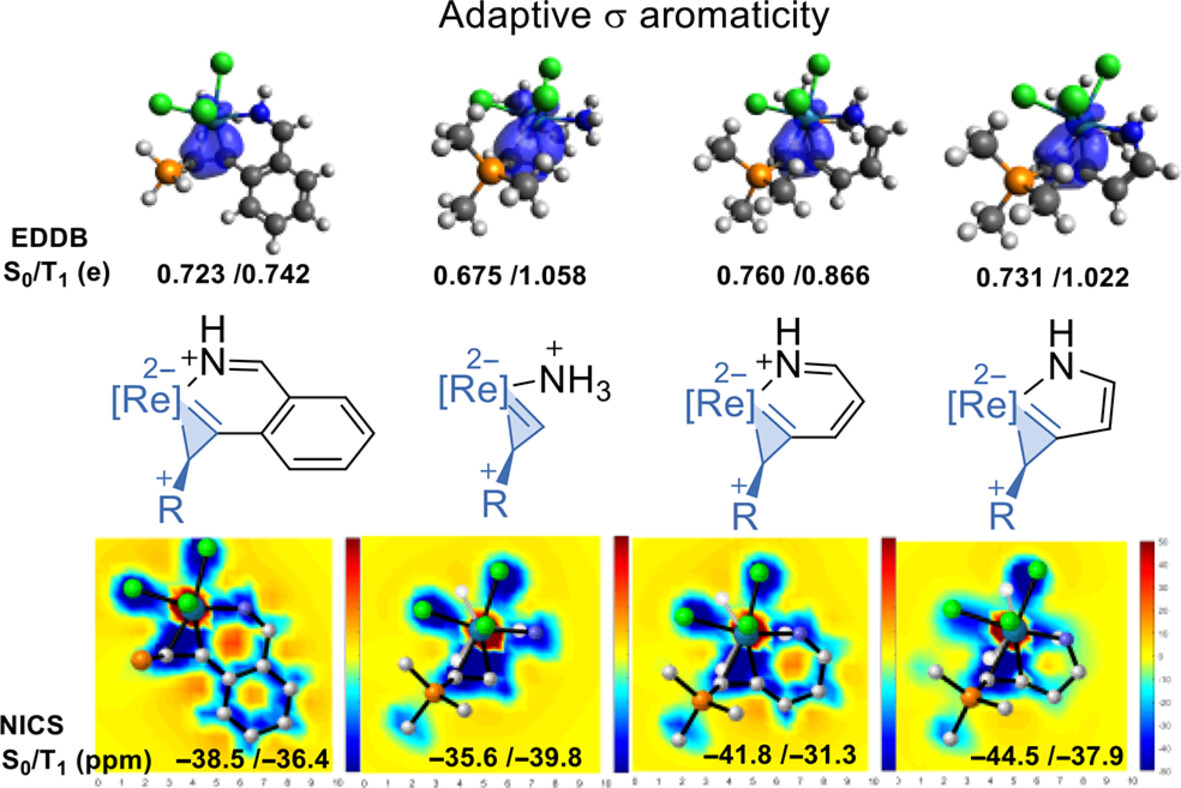Screening seven-electron boron-centered radicals for dinitrogen activation
Submitted by Jun Zhu on Tue, 12/12/2023 - 09:42
The activation of dinitrogen is significant as nitrogen-containing compounds play an important role in industries. However, the inert NN triple bond caused by its large HOMO-LUMO gap (10.8 eV) and high bond dissociation energy (945 kJ mol−1) renders its activation under mild conditions particularly challenging. Recent progress shows that a few main group species can mimic transition metal complexes to activate dinitrogen. Here, we demonstrate that a series of seven-electron (7e) boron-centered radical can be used to activate N2 via density functional theory calculations.



